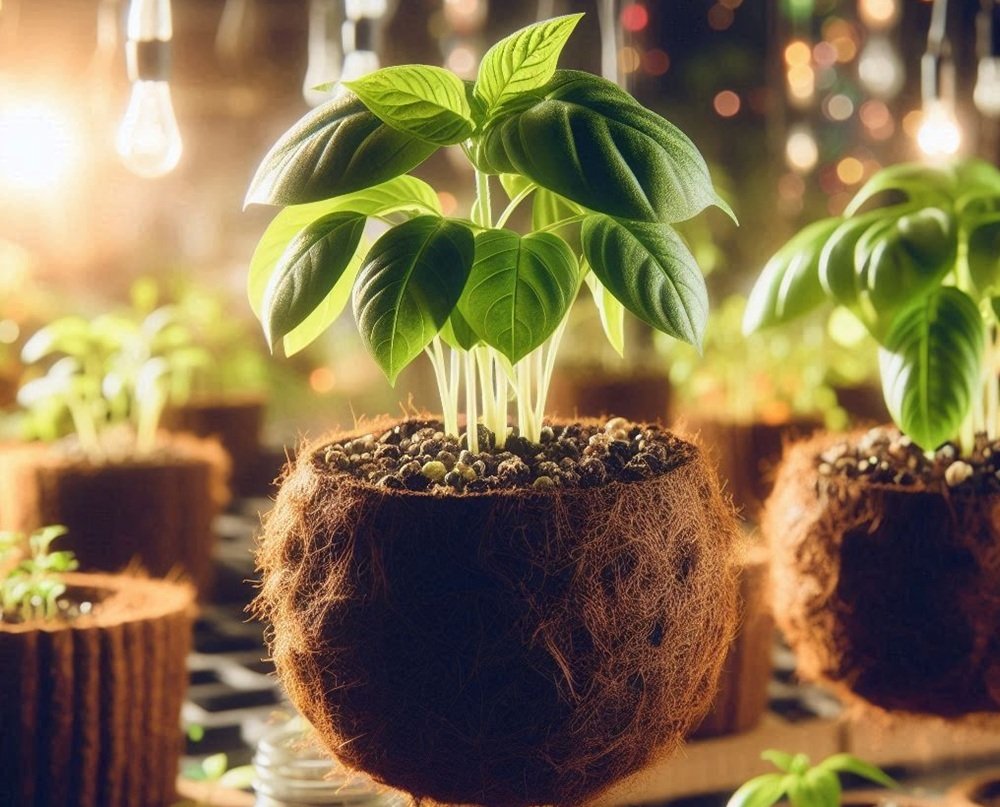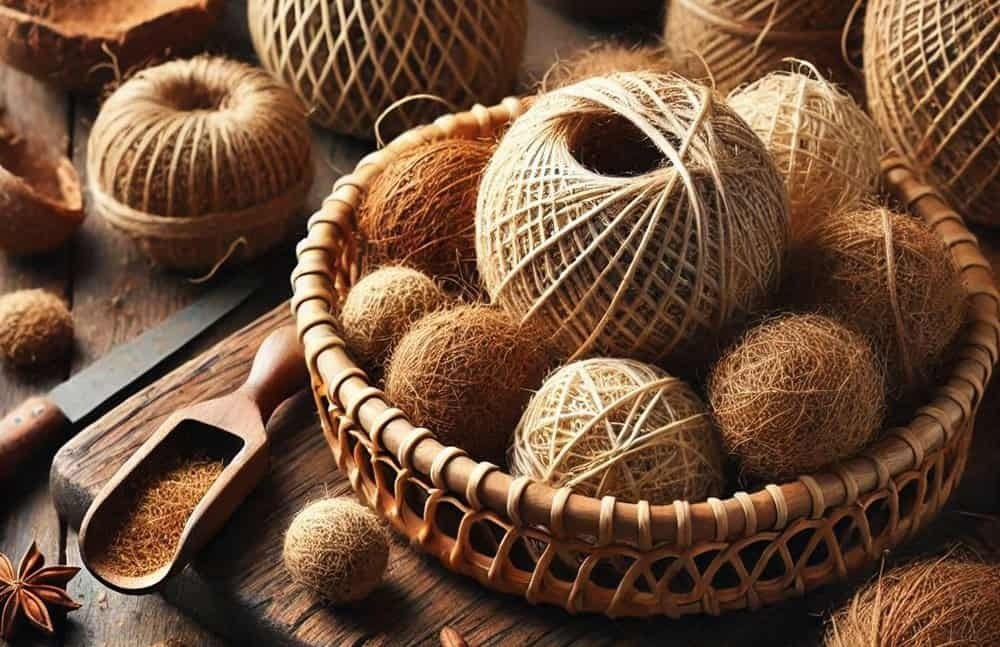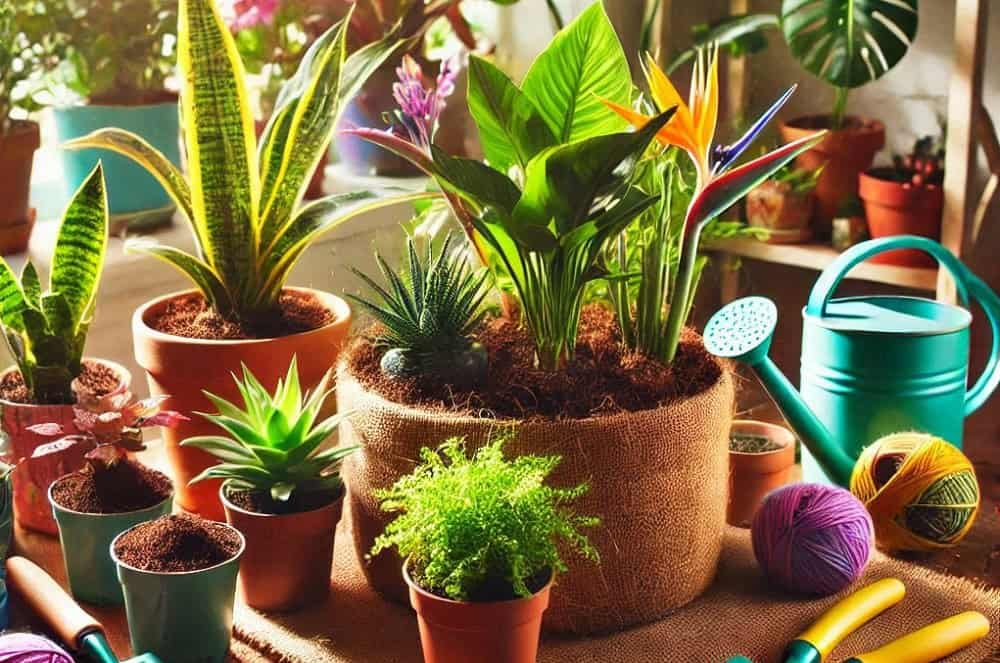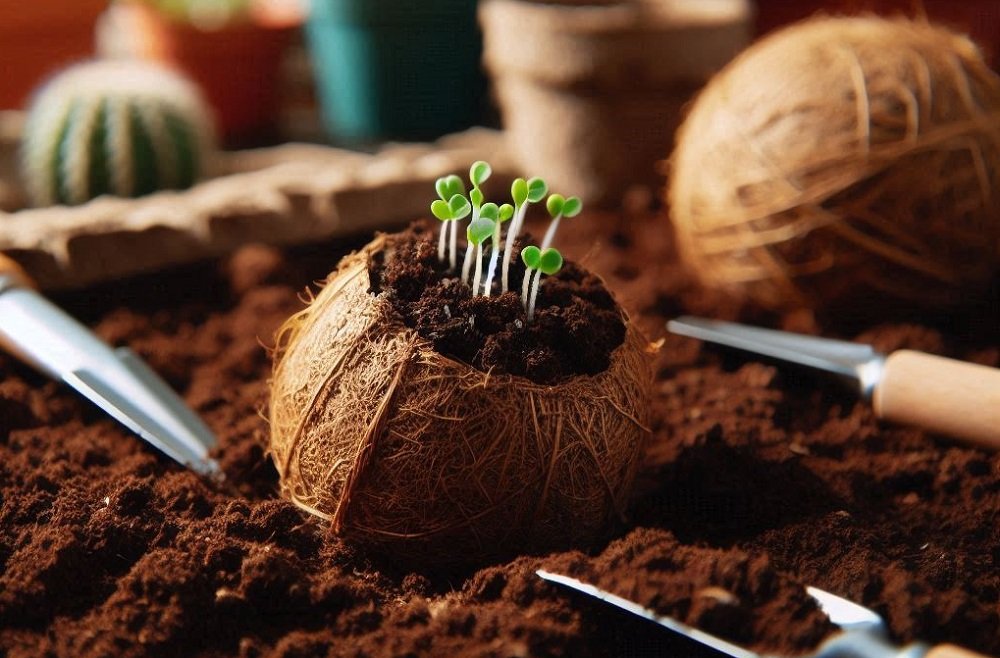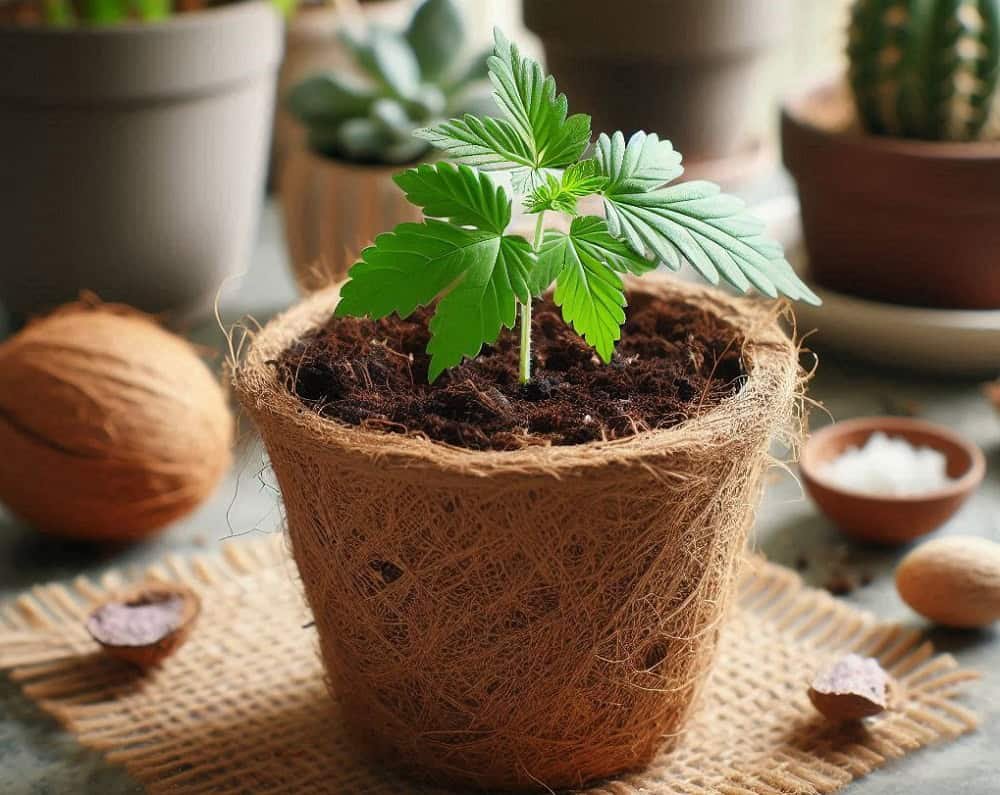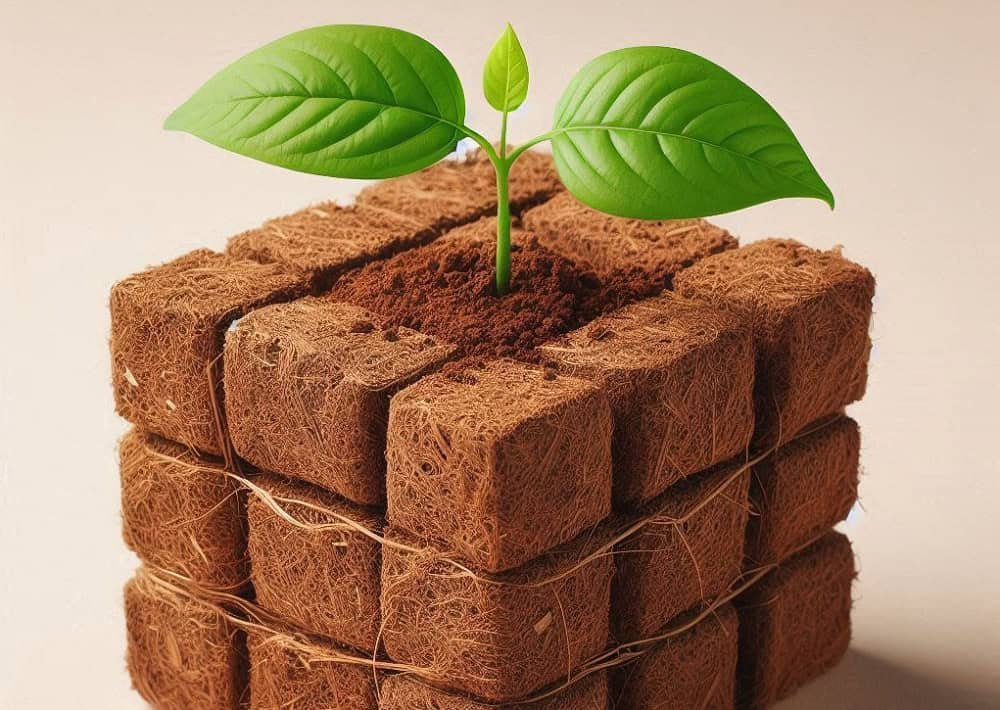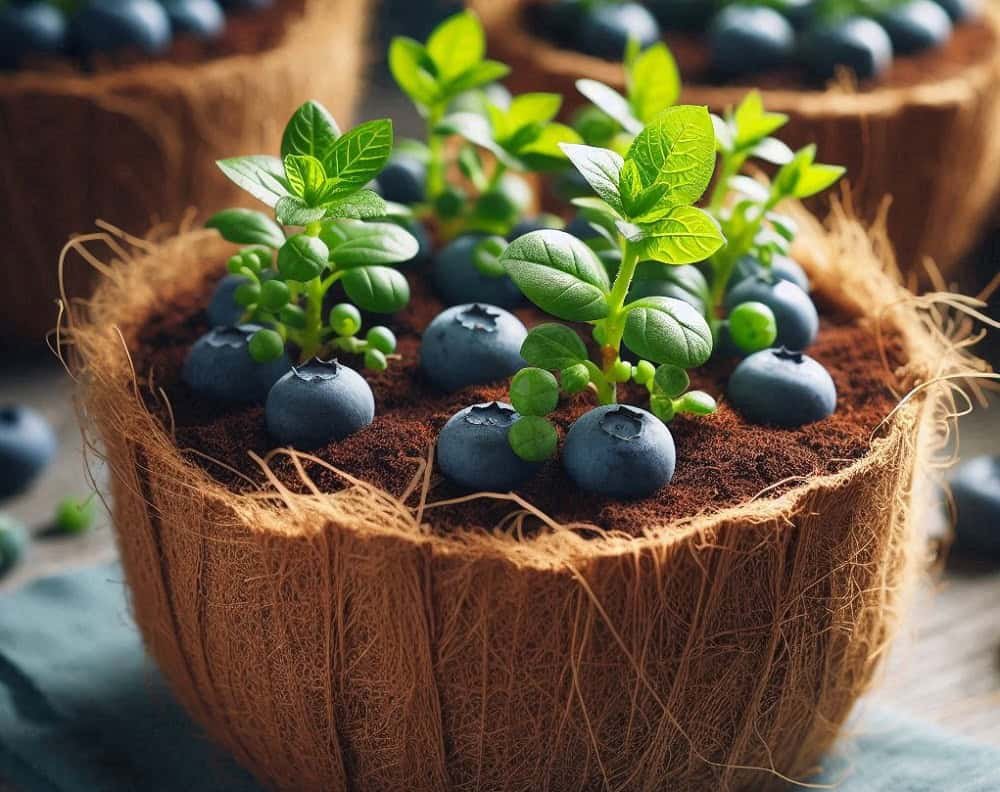Looking for coconut charcoal vs activated charcoal guide?
Charcoal is produced by a process called pyrolysis in which you heat any of the organic materials like wood, bamboo, peat, or coconut shells without the supply of oxygen.
Coconut Charcoal
Coconut charcoal is a naturally made, 100% eco-friendly source that is made from the shells of coconut. It is also a type of biomass charcoal. Coconut charcoals have a higher absorption capacity and are more absorbent than charcoal of other materials. Coconut charcoal is 100% eco-friendly as the process of making it involves using the waste of the coconut. As compared to other charcoal sources, it does not involve the process of mining or deforesting, which has a higher impact on the environment.
The Benefits and Uses of Coconut Charcoal
- Coconut charcoal is 100% eco-friendly and made from renewable sources, due to which it is used for grilling and smoking activities and outdoor activities like heating where wood is not available or cannot be used.
- Compared to regular charcoal, coconut charcoal is considered to be more long-lasting. They produce less ash, burn hotter, and are more expensive than common wood charcoal. This is the reason it is highly preferred for grilling, providing more long-lasting, even heat with consistency.
- As coconut charcoal is high in carbon content, it is very efficient in absorbing impurities. This is the reason they are used in filtration to clean and remove contamination from the environment. This quality is the reason it is used in filtration systems to eliminate impurities, chlorine, and odors.
- Coconut charcoal is a byproduct of coconut waste, so it’s 100% biodegradable and a sustainable alternative for all outdoor fun activities.
- Compared to ordinary charcoal, coconut charcoal is nontoxic. There are very few harmful fumes that are released when it’s burning, so it makes it ideal for cooking with less emissions.
Activated charcoal
Activated charcoal is regular coconut charcoal that is boosted and supercharged. It goes through the same process but is heated at very high temperatures, so it can be extra porous and can have more chemicals, toxins, and impurities. Activated coconut charcoal has the most absorption capacity and tendency if compared with other wood or bamboo charcoal because of the shape of the shells.
The Benefits and Uses of Activated Coconut Charcoal
- Activated charcoal is very highly absorbent due to its high surface area and high porosity. This is the main reason it is preferred to be used in air purification and water filters. In the air, it removes pollutants and smoke, whereas in water, it removes chemicals and other odors.
- Activated charcoal is also used for detoxification because the charcoal holds the toxins and helps remove them from the body. Activated charcoal is often found in detox supplements and capsules taken orally for clearing toxins from the body. Other skincare products like masks use activated charcoal to remove impurities.
- Activated charcoal can absorb the excess gas. This is the reason it is commonly used in supplements to reduce digestive discomfort, bloating, and indigestion by absorbing the substances that produce gas in the intestine.
- Activated charcoal is also effectively used for poisoning. Activated charcoal absorbs the toxic substances and prevents them from being absorbed into the stomach. It is commonly used in medical treatments to prevent the poison from being spread in the blood stream.
- As activated charcoal is nontoxic, it can be easily used in medical and cosmetic products. This is the reason you can also find activated charcoal in toothpaste and oral products for teeth whitening and in other skin care products like masks, scrubs, and cleansers that remove the bacteria, dirt, and oil from the skin.
As we have briefly learned about the benefits and uses of coconut charcoal and activated charcoal, we will now identify the key differences.
| Coconut Charcoal | Activated Charcoal |
| Dense and solid in its structure | Millions of tiny pores in structure |
| Extra Porosity, Moderate absorptive capacity | High Absorptive capacity, trapping toxins and impurities |
| Used in basic Air and water filtration systems | Used in high performance filtration systems. |
| Used in Limited Detoxify products | Used for high detoxification items |
| Generally affordable, easy to find | Expensive due to the additional activation process. |
| Readily available for grilling, smoking and outdoor activates | Found in products like Skin care items, beauty and medical products. |
| Eco-Friendly and Biodegradable | Also, eco-friendly and biodegradable and requires extra energy for the activation process. |
Depending on your needs and uses, you can evaluate the benefits and uses of both coconut charcoal and activated charcoal, and you can choose the best suitable alternative for your needs. As both products are 100 % eco-friendly, you can feel free to choose any of these.


